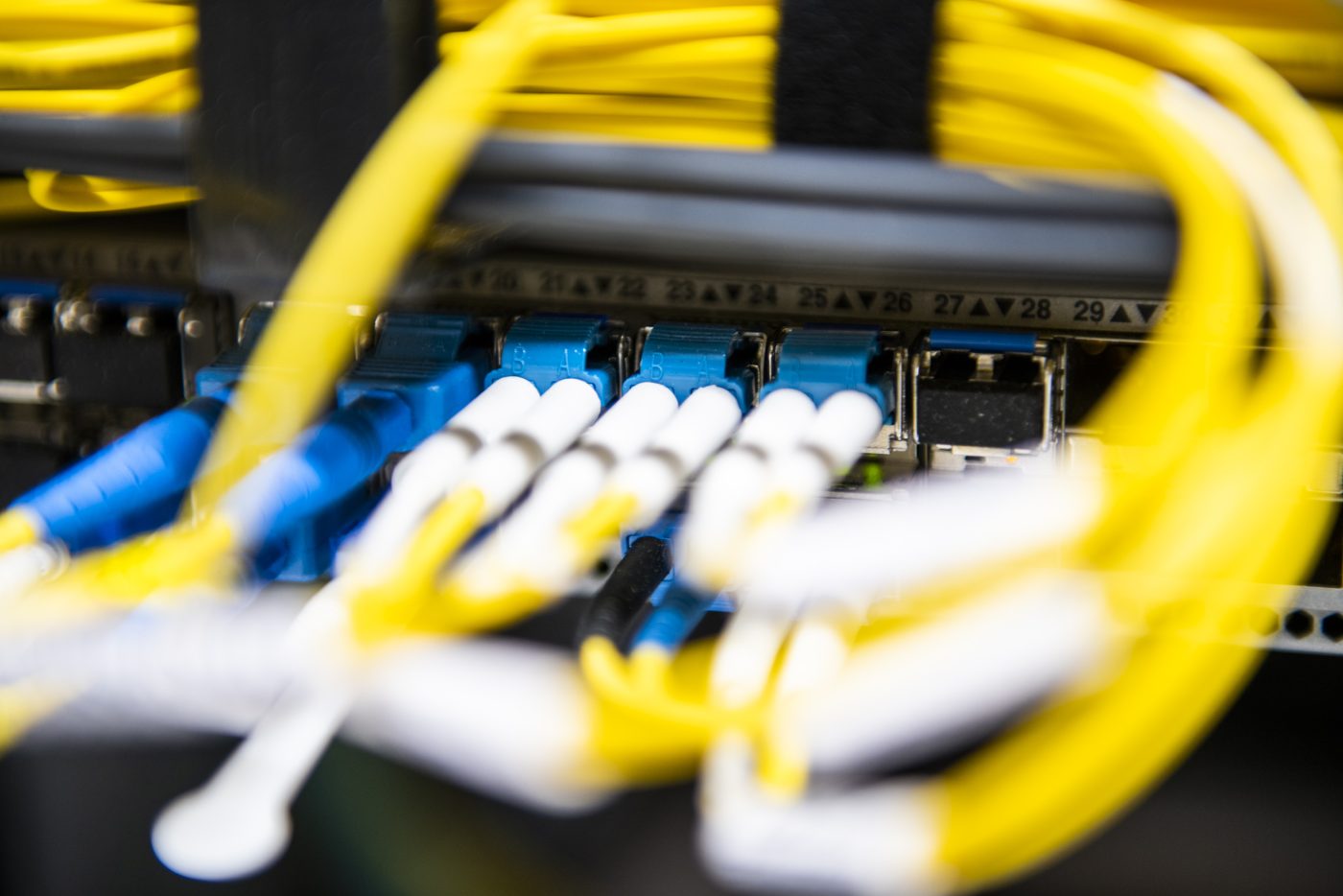Introduction
The Internet has become an integral part of our lives, connecting people, businesses, and devices across the globe. Behind the scenes, the seamless transfer of data is made possible by complex networks and infrastructure. Internet exchanges play a vital role in this ecosystem, enabling the efficient exchange of traffic between networks. Over the years, these exchanges have evolved significantly to meet the growing demands of a digital world. In this blog, we will explore the past, present, and future of internet exchanges, highlighting their transformative journey.
The Past: Birth and early growth
The concept of internet exchanges emerged in the late 1980s when the Internet was still in its infancy. During this period, network operators realised the need for direct interconnection to exchange traffic efficiently. The first Internet Exchange Point (IXP) was established in the 1980s, and paved the way for the development of a decentralised internet infrastructure.
As the demand for internet connectivity increased, more IXPs were established globally. These early exchanges mainly facilitated the exchange of traffic between internet service providers (ISPs) and were predominantly regional in nature. However, as the Internet grew, the need for a more interconnected and efficient system became apparent.
The Present: Global interconnection and content delivery
The present era marks a significant evolution in the landscape of internet exchanges. Today’s exchanges have expanded to include not only ISPs but also content delivery networks (CDNs), cloud service providers (CSPs), and other network-intensive enterprises. Today’s IXPs offer benefits such as reduced latency, increased redundancy, and improved performance. This expansion has resulted in the rise of larger and more interconnected exchange points, often referred to as Internet Exchange Fabrics (IX-Fs).
Furthermore, the growth of content delivery networks has revolutionised internet exchanges. CDNs strategically position servers in various locations worldwide, allowing content to be delivered from the nearest server to the end-user. This localisation of content has significantly reduced latency and improved the overall user experience.
The Future: The Internet of Things and interconnection challenges
Looking ahead, the future of internet exchanges is poised for further growth and evolution. With the emergence of the Internet of Things (IoT), which connects a vast array of devices and sensors, the demand for efficient interconnection will skyrocket. IoT devices will generate an unprecedented amount of data that needs to be transmitted, processed, and analysed in real-time. Internet exchanges will need to adapt to accommodate this influx of IoT traffic and provide secure and reliable interconnectivity solutions.
Interconnection challenges, such as scalability, security, and automation, will be at the forefront of future exchange developments. As the volume of data increases exponentially, internet exchanges will need to scale their infrastructure to handle the growing demand, while still ensuring the security and privacy of the exchanged data. Additionally, advancements in automation and artificial intelligence will play a crucial role in optimising traffic flows and enhancing network resilience.
Conclusion
Internet exchanges have come a long way since their inception, evolving from regional interconnections, to global hubs of internet connectivity. They have played a vital role in shaping the digital landscape, facilitating seamless communication and enabling the growth of online services. As the Internet continues to expand and evolve, internet exchanges will remain at the forefront of technological advancements, adapting to the ever-increasing demands of a connected world. The future holds great promise, and we can expect internet exchanges to play a pivotal role in enabling the interconnectivity of devices, networks, and services.
La piattaforma di interconnessione leader in Italia
With IXPs across Italy, (Milan metro area, Bologna and Palermo and Rome and Caserta coming soon) totalling 10 points of presence (PoPs), MIX offers the perfect strategic gateway between central and southern Europe. The MIX interconnection platform offers customers an opportunity to exchange internet traffic with enhanced network performance, increased data flow control, reducing latency and IP-Transit costs.
For more information, you can reach out to our IXP experts here



